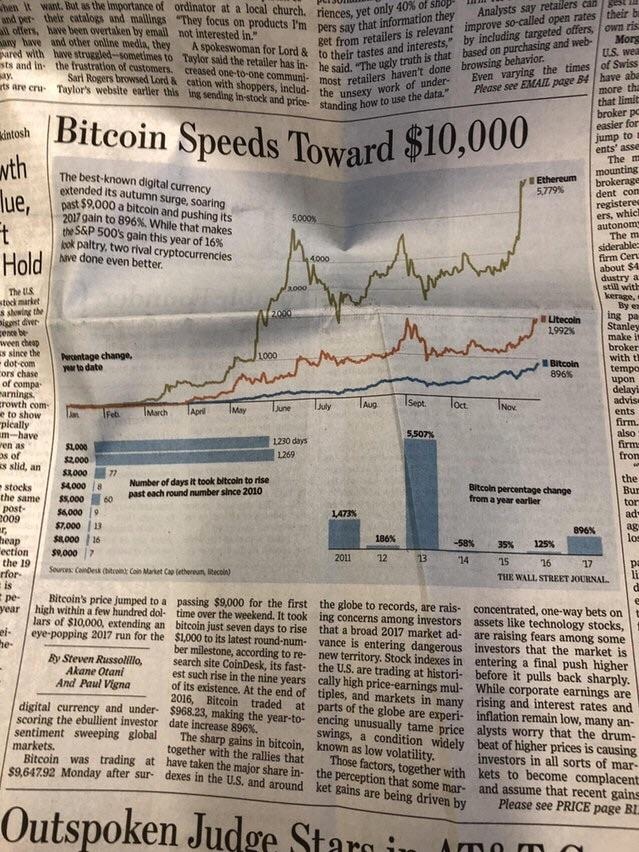On May 6, 2010, the stock market collapsed. The Dow Jones Industrial Average, Nasdaq Composite and S&P 500 all nose-dived, losing around 9% of their value. A trillion dollars was wiped off the value of companies. Within 20 minutes, most of the losses had been regained and within 36 minutes and the event was over. Whatever hit the economy that day had nothing to do with the true state of America’s finances.
An investigation into the Flash Crash focused on the algorithms used by high-frequency traders, companies that rapidly buy and sell stocks as their computer programs spot small price differences across the market. Five years later, police arrested Navinder Singh Sarao, a small trader who was believed to have made more than $40 million during the crash. Trading from his small house in London, he was alleged to have used a computer program to rapidly place sell orders to drive down prices, cancel the orders before the trades went through, then buy the stocks at the lower rate. He wasn’t the only one to make money that day, but his actions were enough to help move the market.









